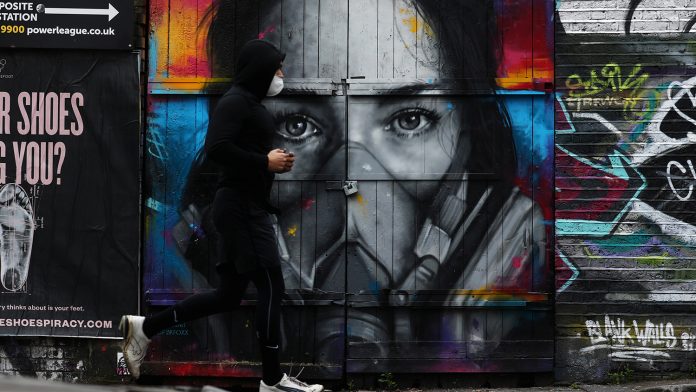
What role do art and artists play in times of crisis? This question may seem untimely to some people. Americans, like their colleagues around the world, are directing efforts and resources to fight the global pandemic. Some will say that in a disaster, art is an optional luxury. Instead of arguing about it rhetorically, it is more useful to look at a vivid example from history: the turbulent decade of the Great Depression, a period when America and its institutions have been hard hit by misery, uncertainty, and fear.

The cultural sphere was one of the first to take the hit from the coronavirus – due to the ban on border crossing, tours were canceled all over the world, theaters, concert halls, cultural centers, music clubs, and other venues for public events in this area were closed.
In early March 2020, most cultural institutions around the world were either closed indefinitely or the programs of their events were drastically curtailed, and exhibitions and performances were canceled or postponed. In response, there has been a strong effort to provide alternative or complementary services through digital platforms, the widespread use of online technology in the cultural field, and artists learning how to rehearse online.
musicians – perform in front of an empty hall as part of a broadcast on the Internet in front of thousands of invisible spectators, getting to know the cultural and historical heritage has become more accessible. The theaters were massively moved to online broadcasts, mastered new forms of communication with the viewer, new formats of performances and rehearsals.

All planned events related to the art market have been significantly affected by a coronavirus. In order to overcome the consequences of the difficult situation were virtual rooms have been created for viewing and purchasing works of art.
The quarantine caused by the coronavirus pandemic also had a negative impact on the film industry. Instead of film festivals – closed shows of new films and trailers, presentations of projects, conferences with creators, meetings with stars in the Network. The virus has accelerated the process of cinema’s departure to the Internet with its fundamentally different forms.
Museums switched to self-isolation mode and transferred their projects to online, began to invent new formats of interaction with art, and implement special projects with artists. Access to online lecture halls was opened, Free online meetings and virtual tours of the halls are organized.
The impact of the pandemic: challenges and the most affected cultural areas
The cultural sphere during a pandemic is seen as one of the sources of improving people’s emotional state, cohesion, and resilience. According to the United Nations estimations on education, science, and culture (UNESCO), the capitalization of the cultural sphere is $2,250 billion. It has a capitalization of $2,250 billion and almost 30 million jobs worldwide. Today, countries can summarize the intermediate results in estimates of losses in this sector from the COVID-19 pandemic.
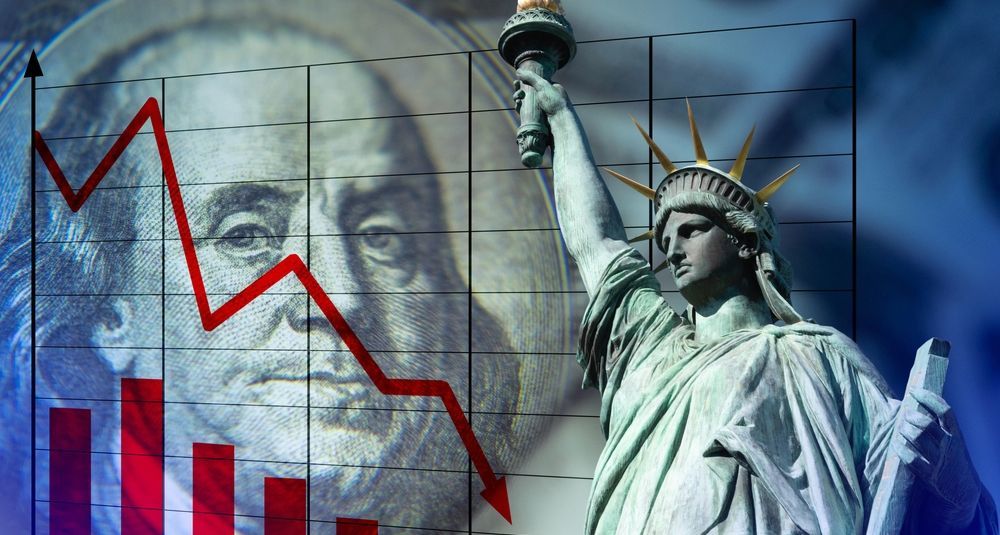
According to UNESCO, as of April 15, 2020, 89% of countries already have restricted public access to facilities in whole or in the part world cultural heritage. By April 22, 2020, 128 сountries suspended the activities of organizations related to the sphere of culture.
Overview of some key cultural events that have been canceled or suspended reformatted due to risks associated with COVID-19:
Technological giant Facebook has canceled its global marketing summit in San Francisco and annual conference developers of the F8, which was to be held in May in California.
The world’s largest exhibition of mobile industry Mobile World Congress. The event is held annually in Barcelona.
Fashion Week in Shanghai was postponed, but the organizers found a way to adjust. People could participate by watching direct Broadcasting the show on the podium and placing bets online.
The organizers have canceled the scheduled for May 2020 Cannes film festival.
Saudi Arabia has suspended the arrival of foreign pilgrims tourists from about two dozen countries where it has spread coronavirus COVID-19. The decision was made before the holy fast Ramadan (end of April 2020).
New York Governor Andrew M. Cuomo ordered that everything is stopped meetings with over 500 participants, with some exceptions. As a result, Broadway was closed. London’s West End theaters followed his example.
The Metropolitan Museum, The Whitney Museum, The Guggenheim Museum.
The Metropolitan Opera, Carnegie Hall, and New York Philharmonic have announced a temporary shutdown.
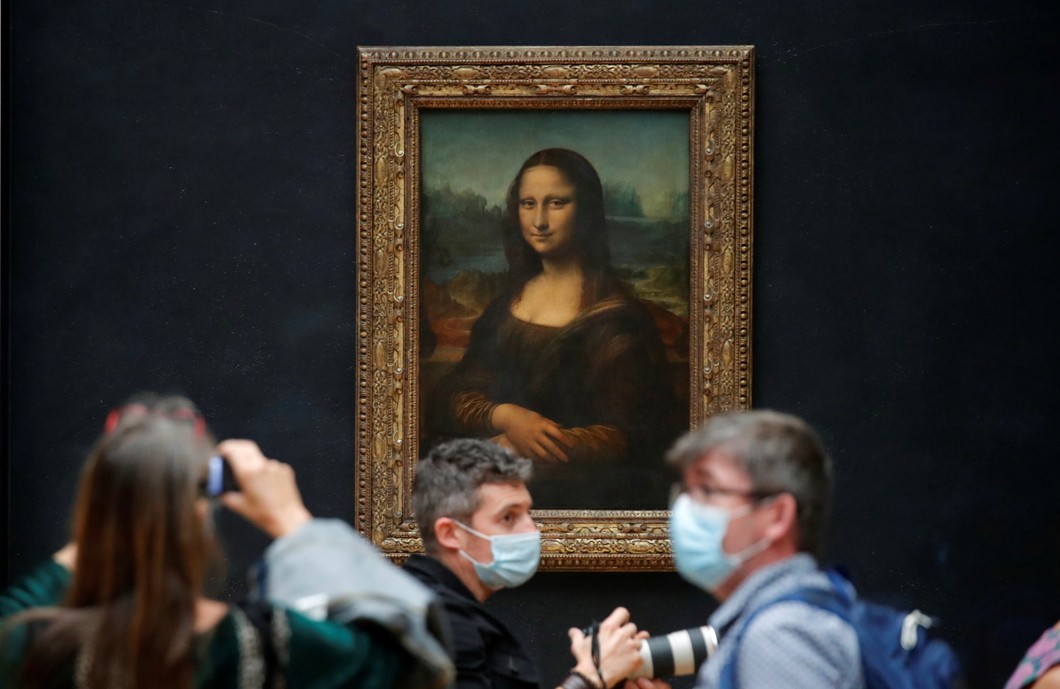
UNESCO reports that even in the case of the opening of museum complexes during the first half of the year. the next 18 months, is expected to significantly reduce the flow of visitors due to a decrease in international tourism and the number of excursions, including school. In this regard, many museums are on the verge of… bankruptcy and have to adapt to the new circumstances.
The Great Egyptian Museum postponed the opening until 2021 because of staff reductions and security risks for visitors and employees. Closure of museums due to the pandemic is a serious challenge from the point of view of the following access to cultural values by society. According to . research by UNESCO and the International Council of Museums, more than 10% of museums may never reopen after a pandemic has ended.
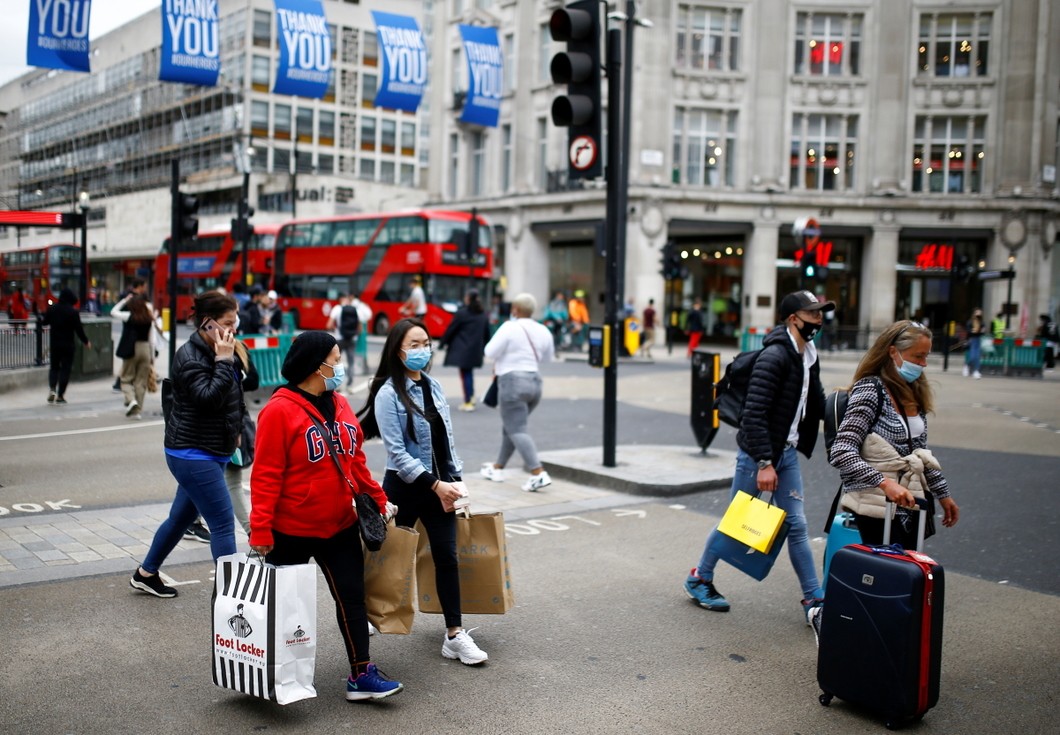
Safety of cultural objects
During the period of restrictive measures, ensuring the safety of cultural objects becomes a significant challenge. The closure of cultural institutions, whose budgets were heavily dependent on the flow of tourism, leads to a reduction in staff, which affects security issues. This problem is particularly relevant in countries in conflict or post-conflict reconstruction, where the pandemic has exacerbated an inherently volatile security situation.
In May 2020, two international special operations to curb illicit traffic of art objects were reported, conducted by law enforcement agencies of several countries (Colombia, Spain, Digest). Culture in the COVID-19 Pandemic 17 17 Argentina, Latvia, etc.). As a result of the operations, 19 thousand cultural objects were seized and 101 people were arrested.
At the airport of Madrid Barajas (Spain), law enforcement officers found rare pre-Columbian cultural objects that were illegally exported from Colombia, including a unique gold mask of Tumaco.
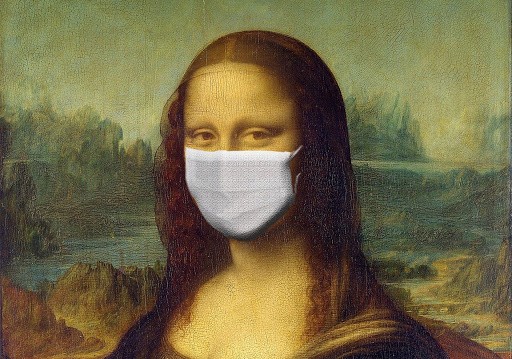
Another example was the theft of Vincent Van Gogh’s painting The Garden of the Priest in Nuenen, Spring. The painting was stolen March 30, 2020 from the Singer Museum, closed until June 1, 2020 in connection with the spread of coronavirus infection.
Online Culture Challenge
The general self-isolation due to the COVID-19 pandemic has fundamentally changed the cultural sphere. Digitalization came at a rapid pace, thus largely preserving the moral and psychological health of the nation during the pandemic. But the growing interest in digital products in the cultural sphere also brings with it a number of problems to be solved. For example, the issue of copyright and ‘piracy’ in the film industry. Already in February 2020, 11 billion visits to illegal pirate sites were registered.
According to Muso, a company monitoring piracy, the number of visits to pirate sites in the U.K. and the U.S. has increased by 43 percent since the introduction of isolation measures. The biggest increase was in Italy, where it grew 66 percent. The data was collected by comparing visits to various pirate sites in the last seven days of February – before the pervasive containment measures began – to the same period in late March.

Pirate consumption trends are “closely linked” to similar growth in official, paid content, Muso executive director Andy Chatterley said. According to the company, computer piracy is also growing – by about 29% in the UK and the U.S. and more than 41% in Italy. The uneven availability of Internet access around the world is also a constraint in this area.
According to a report by the International Telecommunication Union in 2019, only 53.6% of the world’s population uses the Internet. However, the percentage of users depends on the region: in Europe, the number of people using the Internet is 82.5% of the total population, in the Americas – 77.2%, in Asia and the Pacific – 48.4%, and in Africa – 28.2%. In developed countries, the share of Internet users is 86.6%, in developing countries – 47%, and in the least developed countries – 19.1%. In this regard, the Digest becomes obvious. Culture in the context of the COVID-19 19 19 pandemics that in the period of restrictive measures a significant number of people in different countries do not have access to cultural objects through modern digital solutions.
Renewal of significant cultural events
The cancellation of cultural events is almost unequivocally regarded by participants as the main reason for significant financial losses in the sector. For example, the Metropolitan Museum of Art in New York estimated a possible total revenue reduction of $100 million. It also announced serious staff cuts. As noted by The New York Times, do not forget that the cultural sector is big business, living by market laws.
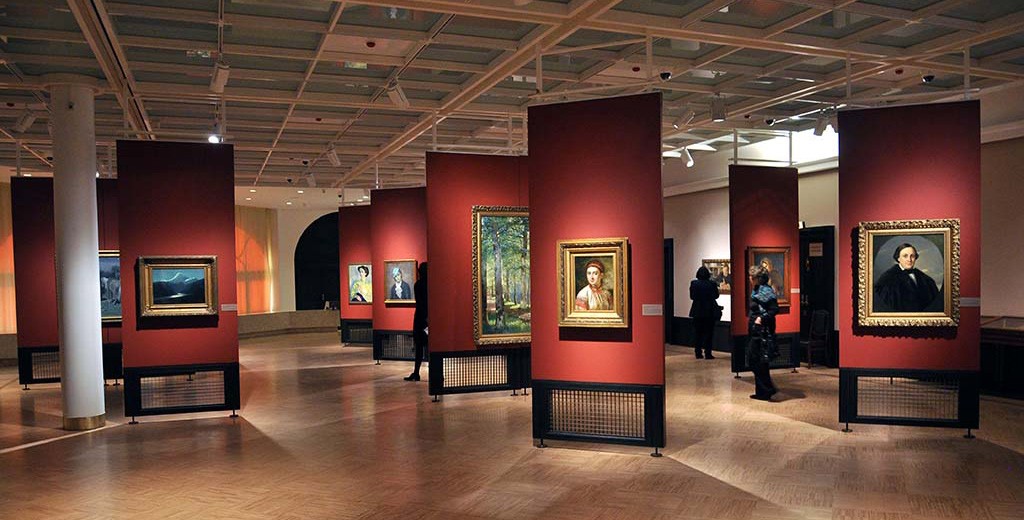
Cultural events not only often have commercial interests, but are also a noticeable source of income for the host country. For example, the two-week annual music and film festival in the American city of Austin, Texas, attracted thousands of visitors each year, bringing the city’s budget, according to local authorities, about 350 million dollars. THIS BROUGHT THE CITY BUDGET TO ABOUT $350 MILLION, ACCORDING TO LOCAL AUTHORITIES. Against this background, the desire to resume cultural events is of common interest to all key participants. Digest. Culture in the COVID-19 Pandemic 21 21
In this regard, it is not surprising that the variety of forms and solutions allowed to return to activities against the background of the continuing risk of coronavirus infection. This applies primarily to the formal removal of restrictions on mass events that were imposed by governments in the context of the pandemic. In most cases, permission to hold cultural events was accompanied by requirements to comply with specific rules designed to ensure the safety of participants.
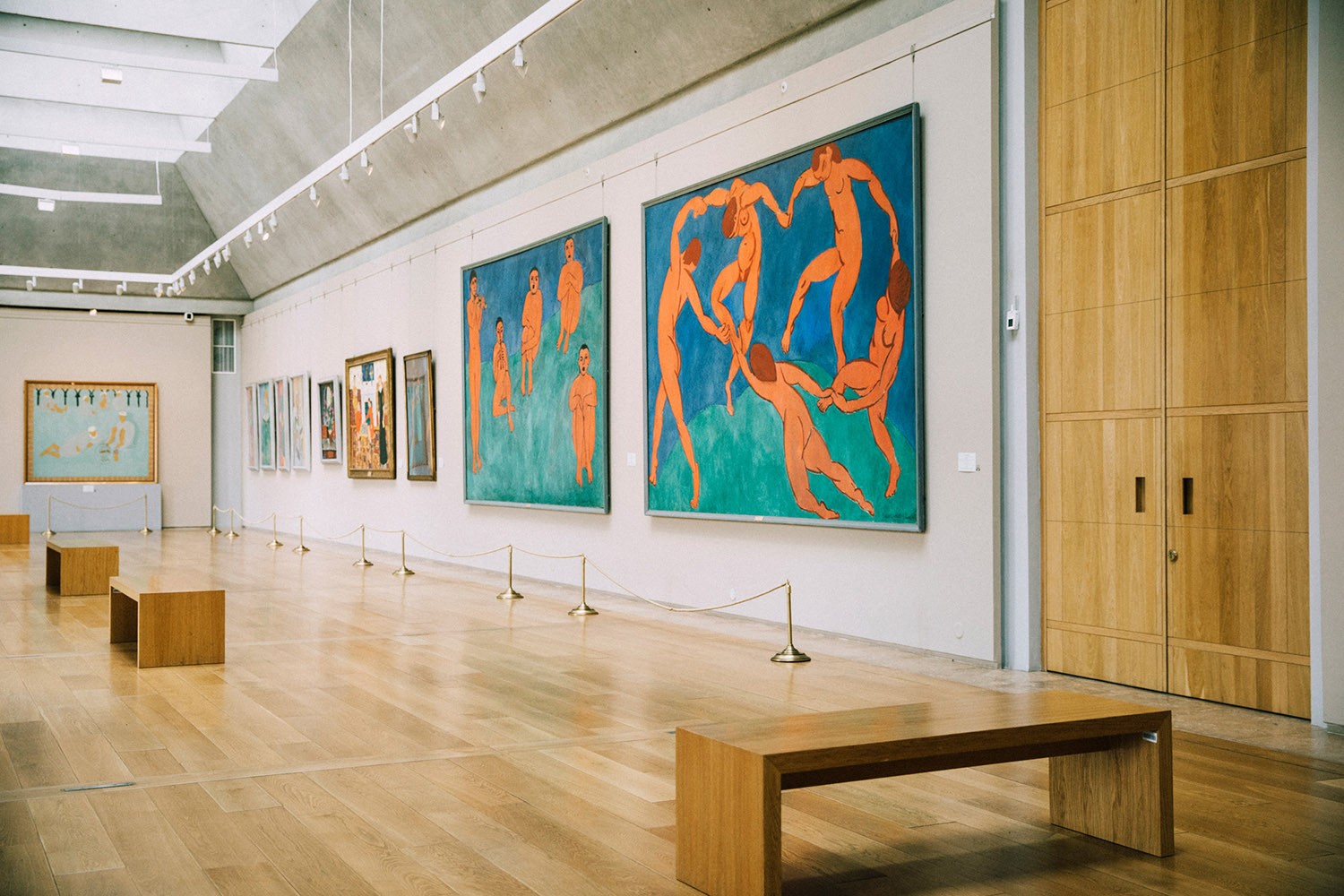
On May 29, 2020, the World Health Organization (WHO) Provisional Guidelines for Mass Events Planning in the Context of COVID-19 were published. The purpose of this document was to provide guidance on containing the risks of COVID-19 congestion transmission to national governments, health authorities, and national or international cultural event organizers. According to the document, mass events can be either planned or spontaneous.
In the context of the COVID-19 pandemic, spontaneous activities should be minimized as these events are not adequately prepared to implement prevention and control measures to reduce the risk of transmission or the potential burden on health services. Cultural events are not just recreational activities. They have significant political, social and economic implications. Authorities must assess the importance and necessity of an event and consider its implementation, provided that all associated public health risks are properly considered and mitigated.
Forced entry into the online environment
Due to the spread of coronavirus infection, cultural organizations had to consider using alternative Digests. Culture in the context of the COVID-19 pandemic 27 27 digital sites, online excursions, apply virtual reality technology. While previously such technologies existed, but remained a niche product, in the conditions of social distance even the most famous organizations resorted to resume activities in a virtual format. Online broadcasts of performances were held in the Metropolitan Opera, Cleveland Ballet.
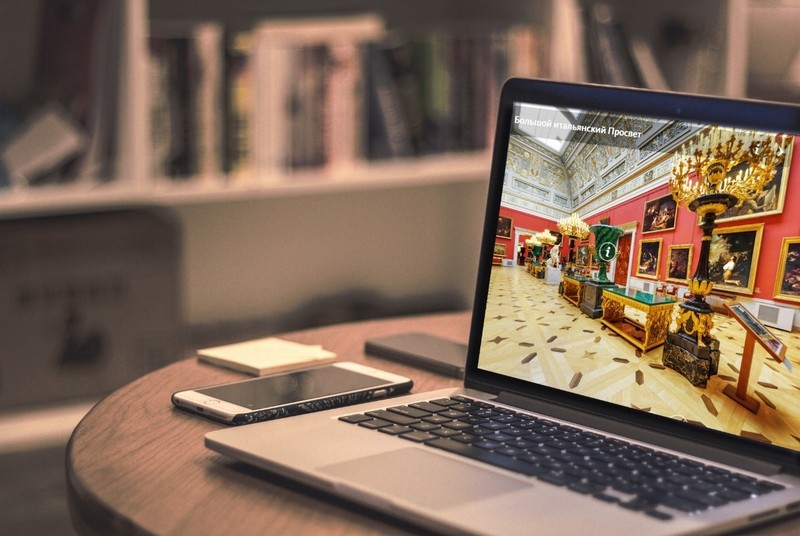
Art Basel is one of the most prestigious and famous art fairs in the world and annually brings together over 230 galleries from around the world at its events in Basel, Hong Kong, and Miami. In the context of the pandemic, Art Basel was marked by the early launch of the online gallery, which turned out to be so popular that the site was temporarily inoperable. It is indicative that the launch of the virtual site was planned long before the coronavirus outbreak, but was accelerated due to the cancellation of the event in Hong Kong.
The organizers hope that the new format, which has proven to be acceptable to both the general public and professional participants, will allow galleries to compensate for some of the losses from the reduction in sales of works of art observed in the new environment. Some galleries-participants of Art Basel fair use the opportunities presented by the new virtual format for qualitative reorganization, expansion of their exposition, and new creative solutions.
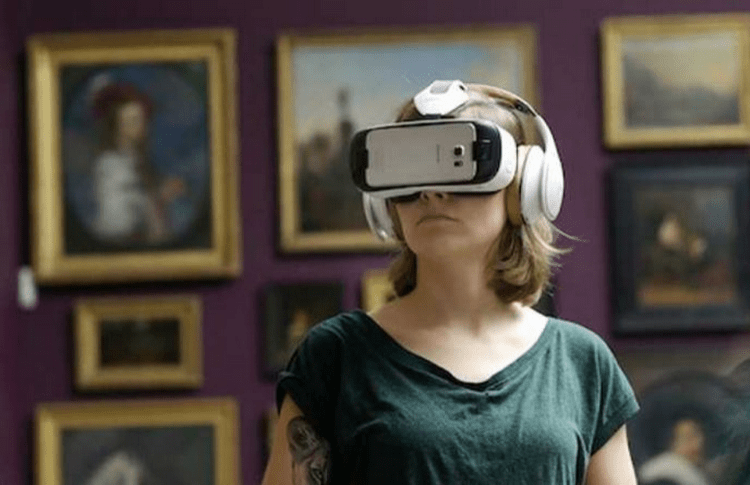
In particular, the Digest became. Culture in the conditions of COVID-19 it is possible to organize expositions of early or unusual works of famous authors for whom in the past there was no place in the physical halls of the galleries. UNESCO notes that many museums around the world have been able to implement online solutions to provide access to visitors. 40% of European museums noted an increase in online visits from users.
The survey data from the International Council of Museums records an increase in the number of virtual tours, messages in social networks, and other forms of remote interaction with users. In general, at least 15% of the surveyed museums have activated or initiated activities in the digital environment. The increase in activity was mainly related to the use of social networks (47.5% of the interrogated), quizzes and contests (19.2% of the interrogated), live broadcasts (18.8% of the interrogated).

However, the transition to the online environment will not be able to become a tool available to all museums in the world, due to limitations of their resources or digital infrastructure capabilities. For example, the French Museum of the Louvre, which is the most visited in the world (9.3 million visitors per year), faced a fourfold increase in online connections, the number of which increased to 400 thousand per day. Digest. Culture in the COVID-19 Pandemic 29 29 Audience attention to streaming services: Netflix, HBO, Amediateka, etc. is expected to increase.
Already at the beginning of the restrictive measures period, companies reported on the growth of views and the number of subscriptions. For example, in one week of March, HBO Now streaming service recorded a 65% increase in TV series views and a 70% increase in movie series views. The Twitch platform, which is mainly used for broadcasting video games, showed a 33% growth from 33 to 43 million users between March 8 and 22, 2020. According to the study of the Global Economic Forum, 30% of representatives of Generation Z 7 expressed willingness to pay for a subscription to Netflix, while in the generation of “Boomers” this willingness was noted by only 5% of respondents.
As in many other cases of accelerated digitalization, the use of technological achievements for the resumption of cultural events, work of museums and theaters was supported by the trajectory of previous development in this direction, allowing the population to maintain access to cultural and art objects during the pandemic.
The representatives of the Guggenheim Museum separately note that such progress in the use of technology is in line with the logic of gradually abandoning an excessive number of international fairs and events, which was discussed in the international cultural community due to the need to reduce the negative impact on the environment caused, for example, by the numerous flights of participants and the Streaming service – a platform that provides streaming of various events in real-time. According to the study, the age of the Z generation is 8 to 23 years; the age of the millennium generation is 25 to 39 years; the age of the X generation is 40 to 54 years; the age of the Boomer generation is 55 to 75 years. Digest.
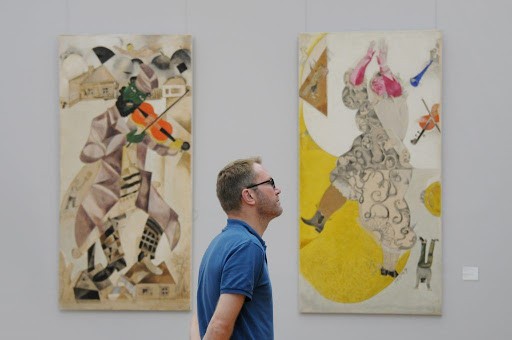
Culture in the COVID-19 Pandemic 30 30 organizers. In this sense, according to museum experts, virtual technologies have a chance to gain a foothold in the practice of cultural events in the future. UNESCO maintains a list of initiatives of cultural institutions around the world in the context of the coronavirus pandemic, which allow remote and often free access to broadcasts, virtual galleries, and excursions. The Google Art and Culture service in the context of the pandemic has experienced an unprecedented surge of interest from users. According to a study by Priori Data, in Italy, the largest number of downloads of Google Art and Culture application was in May 2020 and amounted to 80 thousand downloads, which is more than 16 times higher than at the beginning of the year.
























